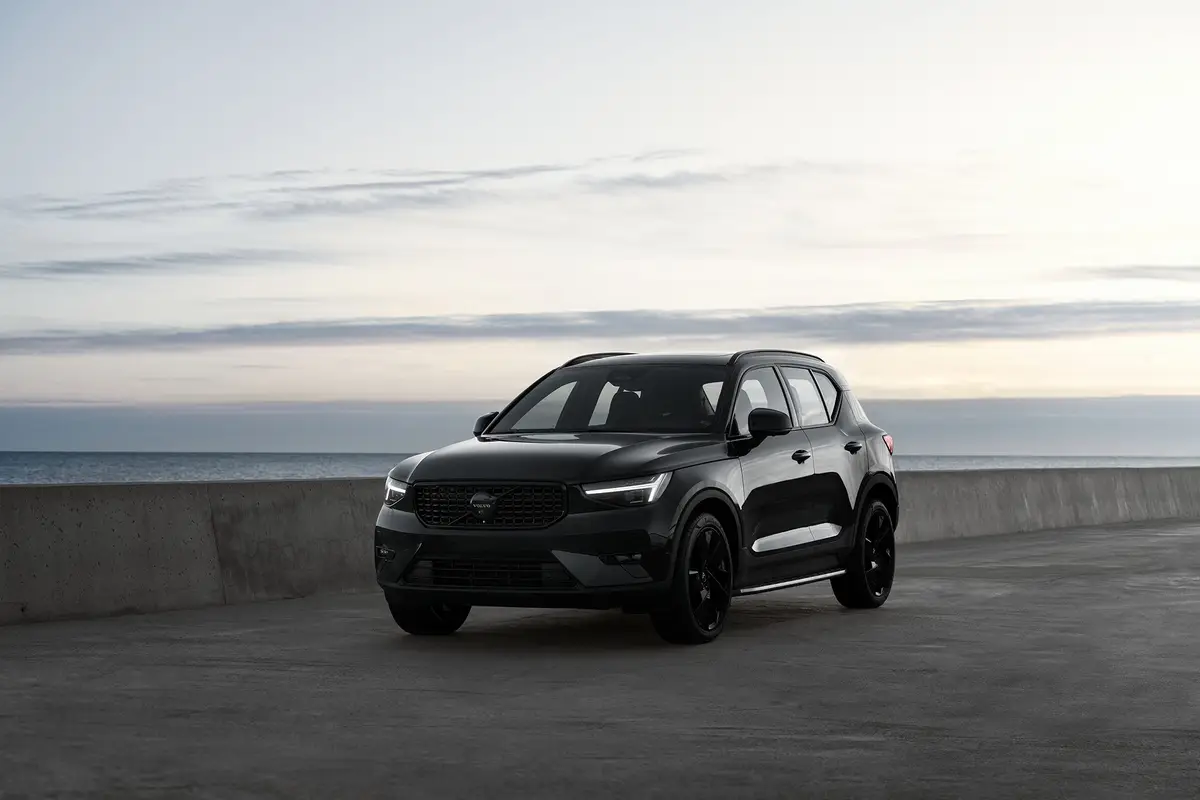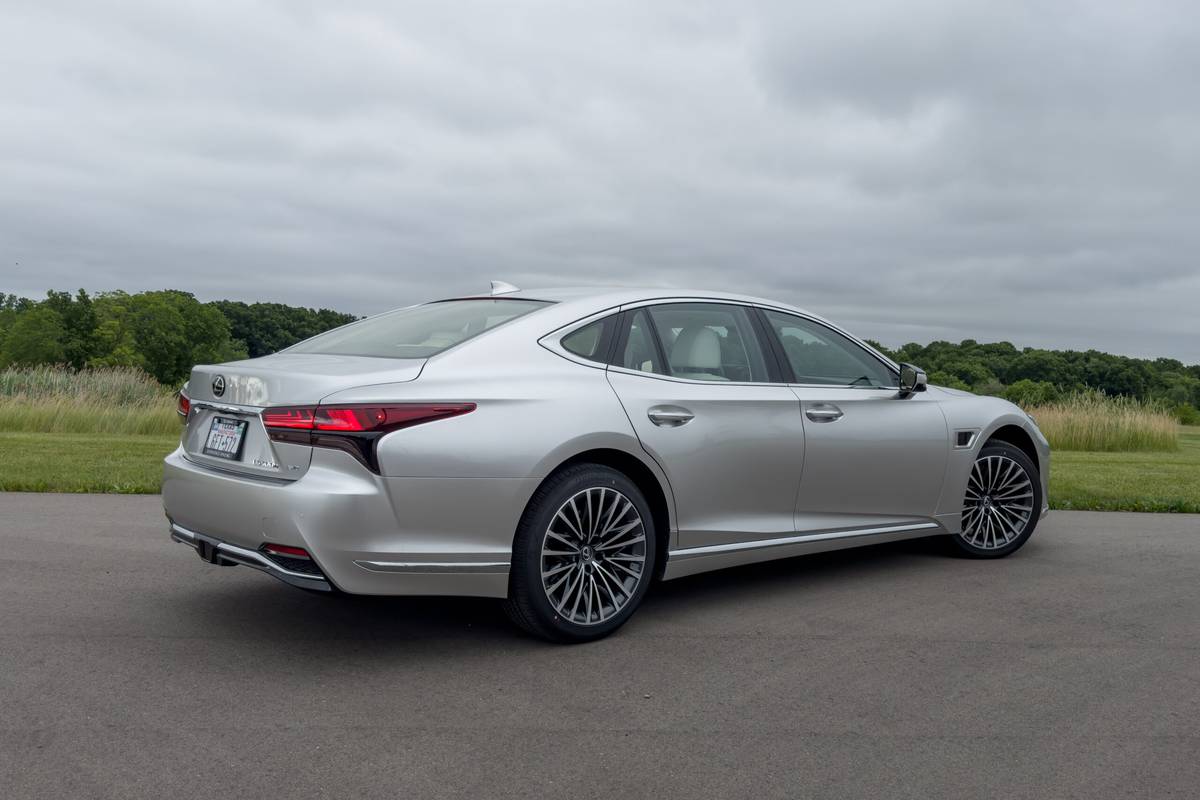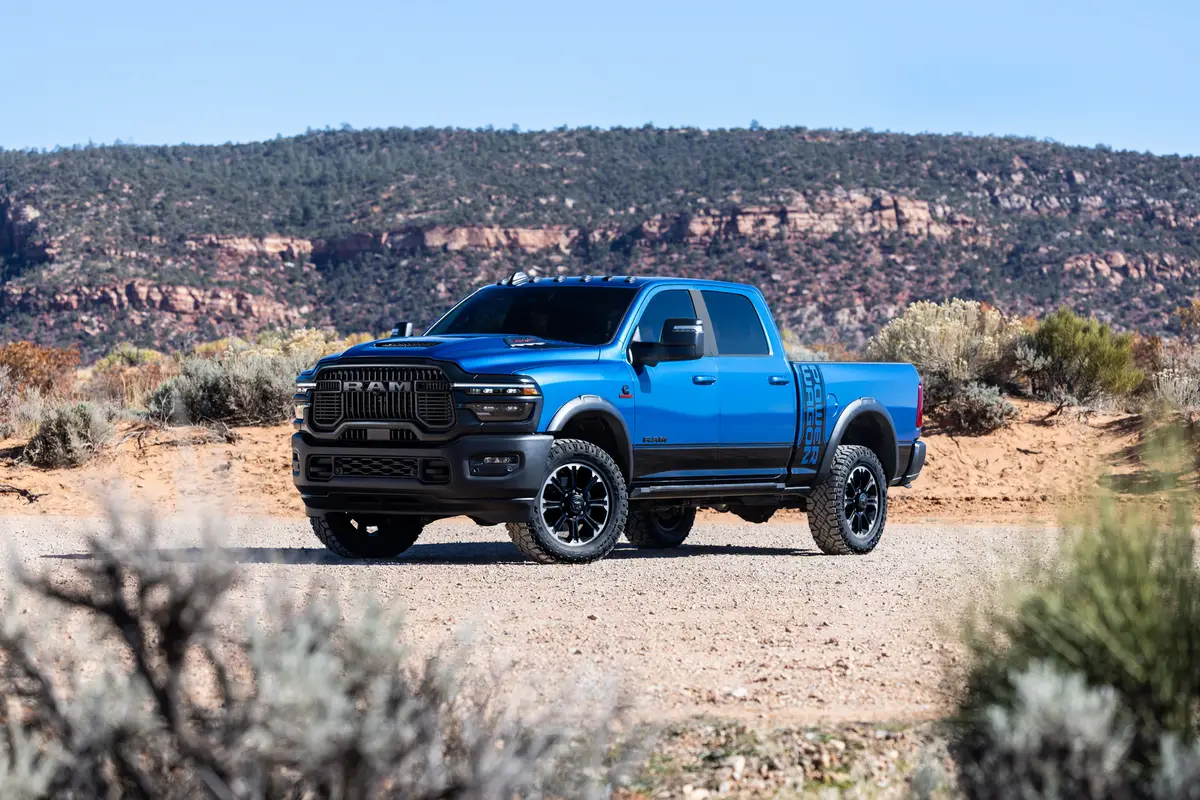KansasCity.com's view
Hybrid SUVs are the automotive version of having your cake and eating it too. They deliver excellent fuel economy, particularly in the city, and fewer emissions without sacrificing the versatility of an SUV.
The first thing you notice about the RX400h is the lack of sound when you turn the key. The all-wheel-drive RX400h combines a 3.3-liter V-6 engine with three electric motors, one of which drives the rear wheels. The RX400h is a full hybrid. It can operate in electric-only mode, and it uses the gasoline engine for added power or to charge the batteries. It does not have to be plugged in for charging.
Lexus is quick to emphasize that the four-wheel-drive system is not meant for off-road use, but it is for dirt, wet or slick roads.
On the highway, I could barely feel the system switching from one mode to another. Stopping feels slightly different because of regenerative braking.
The RX400h is rated at 31 miles per gallon in the city, compared to 18 mpg for the RX330. Hybrids get better city mileage because they are able to rely solely on electric power to move away from a stop. The gasoline engine kicks in as more power is needed.
Getting this complex powertrain to work seamlessly requires so much computer technology that it may be more accurate to think of the RX400h as a computer on wheels.
Prices start at $48,535. Lexus expects to receive about 27,000 units the first year. Demand is sure to be high.
The RX400h is based on the RX330, Lexus’ highest-volume vehicle. It is 1 inch longer and 300 pounds heavier, and it can tow 3,500 pounds. Everything underneath is radically different, however. The V-6 engine produces about 208 horsepower, and the electric motors add the equivalent of 60 more horsepower, for a total of approximately 268. Zero-to-60 miles per hour takes 7.3 seconds, which is fractionally quicker than the standard RX330.
Dave Hermance, executive engineer of environmental engineering at Toyota’s Technical Center, said performance, not fuel economy, was the goal with the RX400h system.
The RX400h meets California’s Super Ultra Low Emission Vehicle standard, one of the most stringent in the industry. The RX400h uses a closed fuel system to avoid evaporation of gasoline fumes. An electric fuel door keeps the system closed until it is time to refuel. The electric door won’t open until fuel vapors have been directed into the evaporation canister.
When the vehicle is coasting or braking, the electric motors function as generators that recapture the kinetic energy normally lost during braking and recharge the batteries.
Lexus developed a Vehicle Integrated Dynamic Management system for the RX400h that goes well beyond the traditional traction and stability controls. VIDM, according to Hermance, anticipates vehicle instability in any direction and makes corrections so subtly that the driver can hardly feel them happening. Electronically controlled braking of each individual wheel is a key part of VIDM, as is the electronic throttle and electronic power steering.
Price:
The RX400h price starts at $48,535. Options on the test car included the Mark Levinson stereo system, heated front seats, cargo mats and wheel locks. The sticker price was $50,863.
Warranty:
Four years or 50,000 miles. The hybrid system, including battery, is covered for eight years or 100,000 miles.
___To get in touch with Tom Strongman, send e-mail to .com.
Engine: 3.3-liter V-6
and three electric motors
for 268 horsepower
Transmission: CVT automatic
All-wheel drive
Wheelbase: 106.9 inches
Curb weight: 4,365 lbs.
Base price: $48,535
As driven: $50,863
Mpg: 31 city, 27 hwy. At A Glance
Point: The RX400h is noteworthy for its exceptional technology. The combination of three electric motors and a 3.3-liter V-6 yields nearly 268 horsepower and stronger acceleration than the gasoline-only model. In addition, it gets 31 mpg in town.
Counterpoint: A luxury hybrid is pretty expensive. You can feel the system switching modes on the highway.
Latest news



